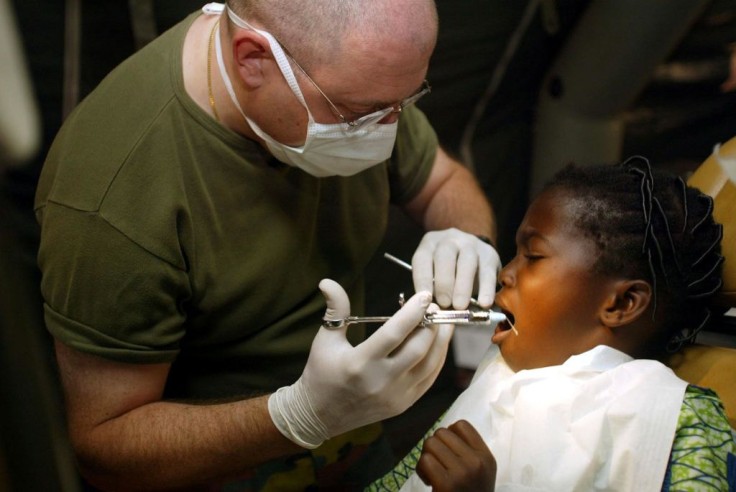
"Chalky teeth" is the term used to classify an abnormality in the enamel of children's teeth that looks discolored, easily crumble when brushed, and may sometimes come with pain or discomfort. One in five children apparently have chalky teeth which is 10 times more likely to lead to tooth decay.
Per the Journal of the American Dental Association (JADA), the causes of this common dental health issue, also medically termed as molar hypomineralization, are largely unknown despite more than 30 widely-conducted studies for the last 100 years. However, a group of dental experts from Australia and Chile have recently uncovered the root of the problem.
Their findings have been published in the Frontiers of Physiology journal.
The 'Chalky Teeth' Trigger
According to Dr. Vidal Perez, one of the study authors, a simple fever or childhood illness can trigger chalky teeth development. This illness causes the release of a protein found in the blood that contaminates a developing enamel.
The result of this contamination leads to a "mineralization blockage" in some parts of the enamel, leading to localized or individualized outcomes. Thus, some of the children's teeth become chalky while others are undamaged.
The experts noted that flouride does not seem to have a significant effect in protecting the enamel from decaying. The discovery has also debunked the long-held belief that enamel-forming cells causes chalky teeth because this theory could never explain why the chalkiness is localized or individualized.
"Albumin leaks in occasionally at weak spots, binding to enamel-mineral crystals and blocking their growth," the study authors said. "It's not a system-wide problem, but a very localised one."
The experts also noted that dental hygiene, the child's diet or the family's lifestyle are not factors to the development of this dental condition. Perez said that given their findings, the development of chalky teeth cannot be prevented but early detection, when the contamination is still its early stages, will matter greatly to saving the teeth. he next step into their studies is to find the best preventive methods to educate dentists and parents.
What Can Parents Do
The children's molars are most vulnerable to this damage since they are located at the back of the mouth with grooves that trap the food and are harder to brush. According to The Chalky Teeth Campaign, this dental health issue is a cause for concern even for toddlers or kids under five because it can affect the growth of their permanent teeth around six or seven years old.
Since there is still no way to cure this dental problem, parents need to bring their kids to the dentist when they are one year old for a routine check-up and twice a year thereafter as a preventive measure. They should bring their kids to the dentist as soon as possible if they notice discolorization in the teeth's appearance, such as a creamy-brown or ultra-white color on the enamel. The dentist may want to monitor this discolorization closely to control the tooth decay and then save the child's permanent tooth once it erupts.